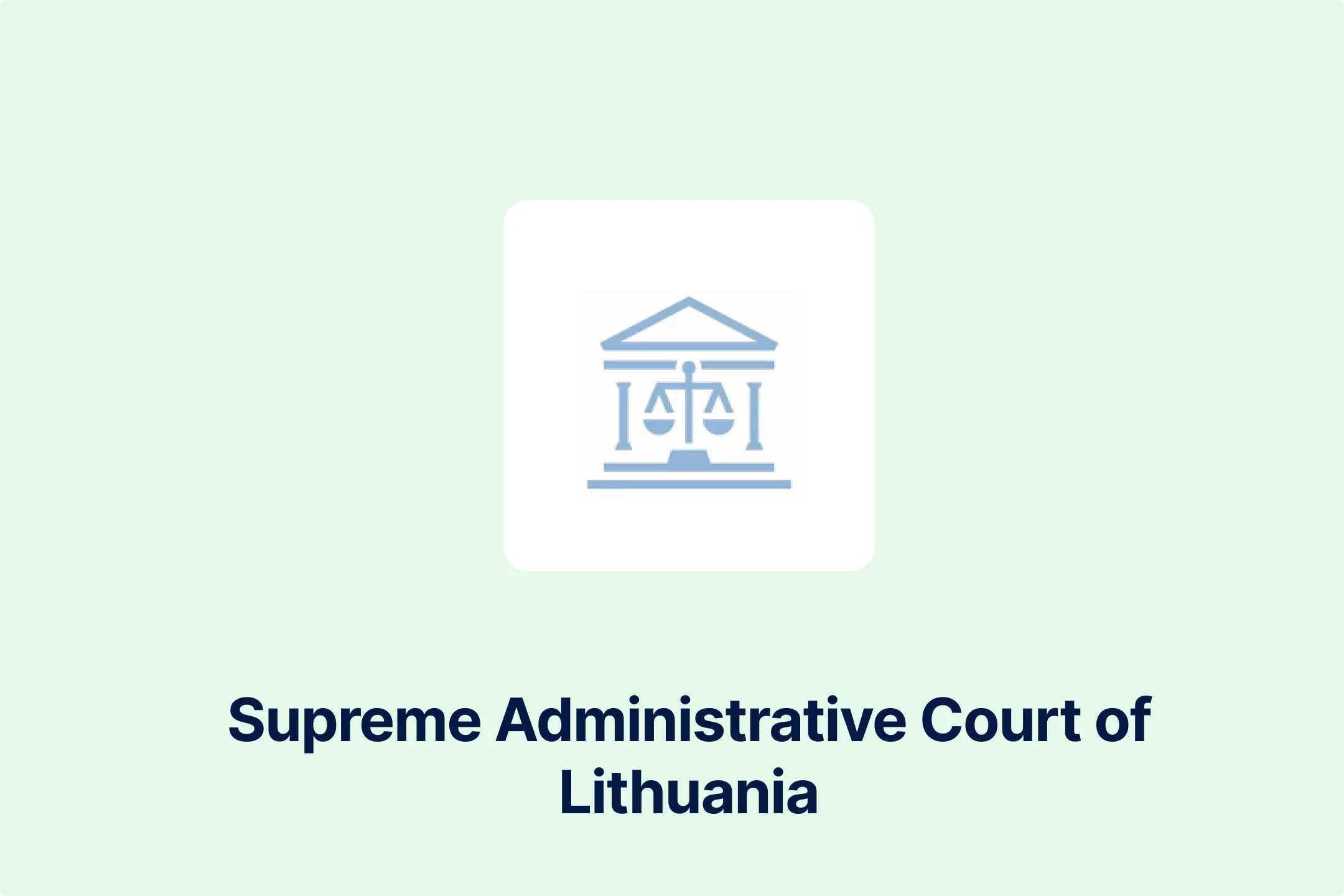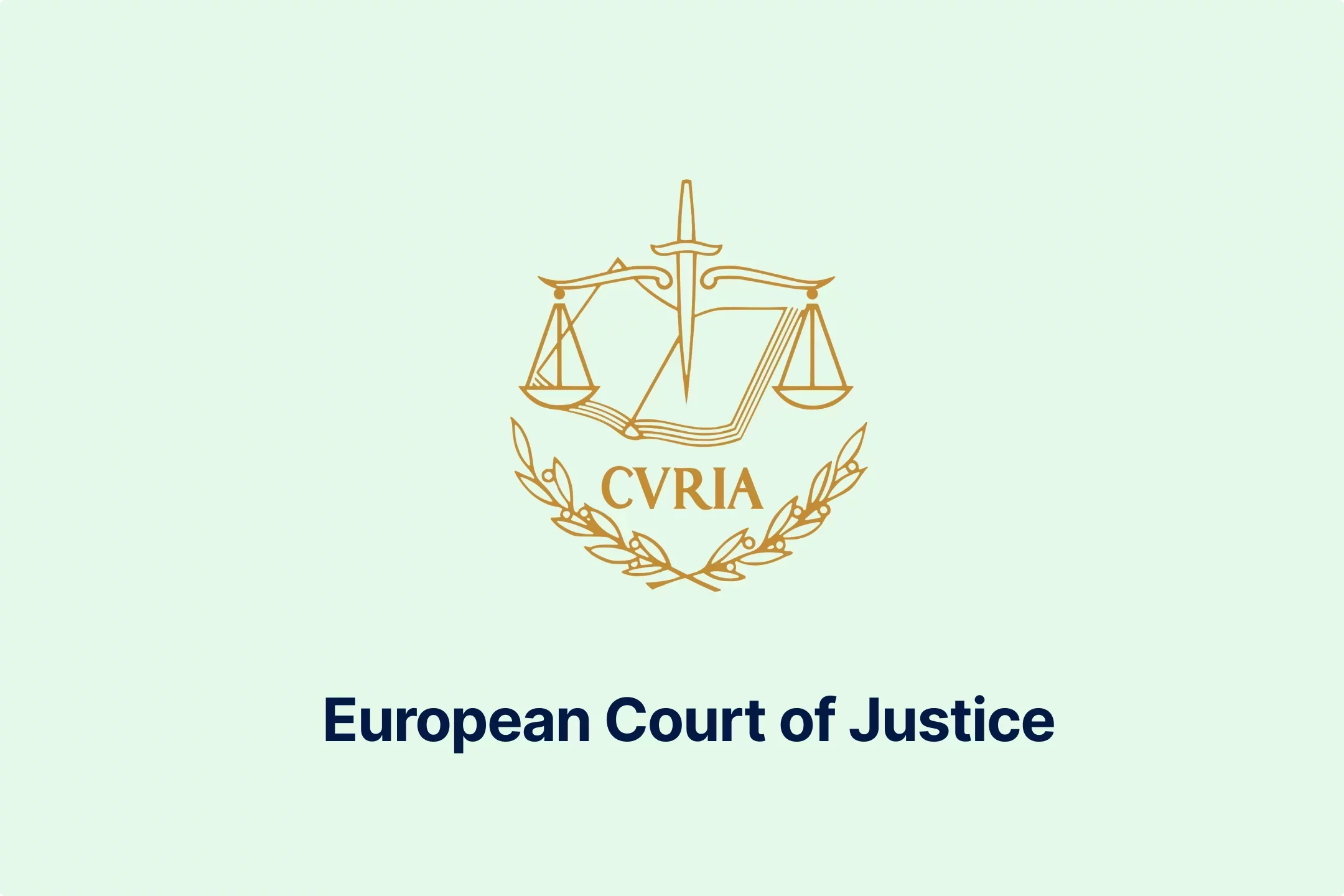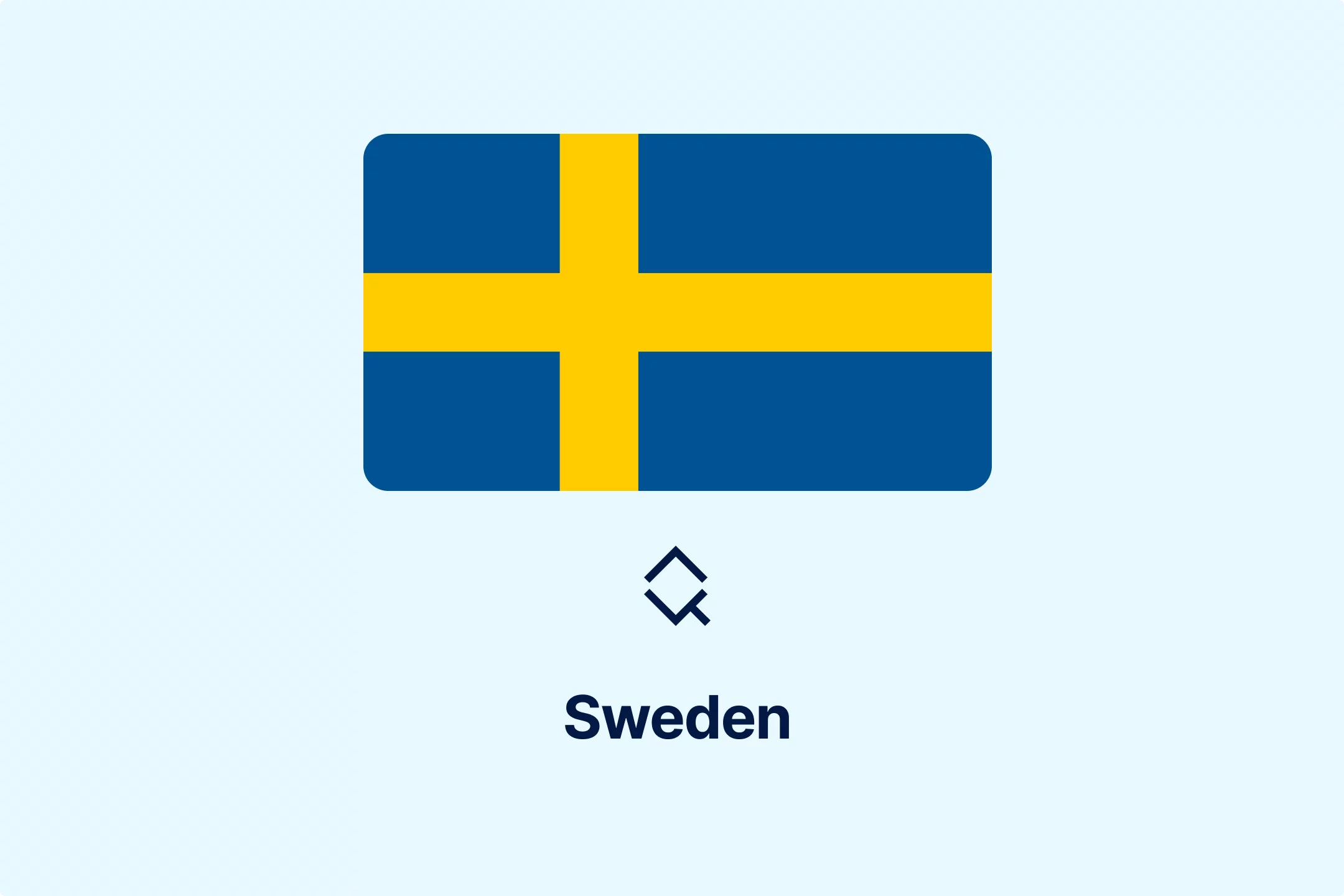VAT Treatment of Business Transfers vs Asset Transfers in the European Union

General Overview
The distinction between business transfers and asset transfers carries significant implications for Value Added Tax (VAT) liability across the European Union. When companies transfer their operations, assets, or business units, the classification of these transactions directly determines whether VAT must be charged on the transfer. Business transfers, also known as Transfer of Going Concern (TOGC), are generally exempt from VAT, while transfers of individual assets typically attract standard VAT rates. This distinction has been clarified through recent Court of Justice of the European Union (CJEU) rulings, which provide essential guidance for businesses, tax administrators, and legal practitioners navigating complex cross-border transactions. The framework established by EU Directive 2006/112/EC, particularly Article 19, allows Member States discretion in implementing these provisions while maintaining harmonized principles across the union.
In This Article, You'll Learn
Legal Framework: How CJEU case law interprets the distinction between business transfers and asset transfers under EU VAT Directive 2006/112/EC
Key Elements: Essential components that constitute a genuine business transfer, including tangible assets, intangible assets, skilled personnel, and operational continuity
VAT Implications: Why business transfers avoid VAT liability while asset transfers remain subject to standard VAT rates
Practical Applications: Real-world scenarios involving office complexes, production facilities, and commercial premises transfers
Lithuanian Context: How national VAT law aligns with EU legislation and implements CJEU guidance
VAT Deduction Rights: How input VAT adjustments work when businesses are transferred between entities
Risk Assessment: Critical factors tax administrators consider when evaluating transaction classifications
Key Figures
Aspect | Business Transfer (TOGC) | Asset Transfer |
|---|---|---|
VAT Liability | Not charged | Subject to VAT |
Legal Basis | Article 19, Directive 2006/112/EC | Articles 14-30, VAT Directive |
Required Elements | Independent economic activity capability | Individual asset transactions |
Transferee Intention | Continue same business activity | May vary by transaction |
VAT Deduction | Transferee assumes deduction obligations | Standard deduction rules apply |
Premises Requirement | Can be leased (not owned) | Property ownership varies |
"The most important thing when assessing a particular transaction for VAT purposes is to carefully examine all the circumstances that would show beyond doubt that it is the economic activity of the company that is being transferred, if the position that VAT should not be charged is claimed."
- Dr. Martynas Endrijaitis, Associate Professor at Vilnius University Faculty of Law and Business School.
This guidance from Dr. Martynas Endrijaitis, Associate Professor at Vilnius University Faculty of Law and Business School, encapsulates the critical analytical approach required when evaluating whether transactions qualify for business transfer treatment under EU VAT law.
🎧 Vous préférez écouter ?
Obtenez la version audio de cet article et restez informé sans lire - parfait pour le multitâche ou l'apprentissage en déplacement.
VAT Distinction in Business Transfers
A new ruling by the Court of Justice of the European Union (CJEU) has reopened the question of how to distinguish between the transfer of a business and the transfer of assets for VAT purposes. The question was whether, in a situation in one of the EU Member States where a dispute arose with the tax authorities, a transfer of a business (where VAT is not charged) or a transfer of assets (where VAT is charged) should be considered as a transfer of a business.
This is relevant because the tax administrator, when developing its practice in Lithuania, carefully analyses and follows the CJEU case law, which will be described in this article. The most important thing when assessing a particular transaction for VAT purposes is to carefully examine all the circumstances that would show beyond doubt that it is the economic activity of the company that is being transferred, if the position that VAT should not be charged is claimed.
CJEU Judgment: Assessing Transfers as Business Transactions
The CJEU's judgment elaborates that it is important to assess the circumstances of the specific situations that characterise the transfer in question as a business transaction for which VAT is not charged. According to the CJEU's rulings, the concept of a transfer of assets in whole or in part is to be interpreted as covering the transfer of an independent part of a business or an undertaking, comprising tangible and, where appropriate, intangible assets, which together form an undertaking or part of an undertaking. And in order to constitute a transfer of a business or an independent part of a business, the assets transferred must be sufficient to continue the independent economic activity. According to the CJEU, the transferee must intend to continue the transferred business or part of it (i.e. to continue the activities carried on by the person who transferred the business or part of it before the transfer). The intention of the transferee must be taken into account in a full assessment of the circumstances of the transaction.
Elements of a Business Transfer Illustrated
The CJEU's clarifications have included situations where a company with a large business is transferring part of its business (e.g. office interiors and furniture complexes, as well as systems for certain production facilities, various commercial premises, etc.)) consisting of the following main elements: special equipment for various production processes, both physical and remote; software used to control the equipment; skilled personnel and managers working on the equipment in the special premises, where the personnel performs the direct day-to-day functions of the equipment, including supervision of the automated processes, and the managers perform the organisational, managerial functions; the premises themselves, where the respective business activities are carried out; patents, licences relating to certain methods of delivering office furniture and fittings; contracts under which the company is provided with the goods and services necessary for the conduct of its business; and, under contracts with other parties, various investment projects and various planned future developments. All of the above elements have been transferred to the buyer and will continue to be held and managed by the buyer in the context of the food production and sales activities taken over. This situation illustrates, of course, that this is a business transaction which is not subject to VAT under the VAT Act. It is not a transfer of individual assets, but a transfer of the whole of the elements of a business, which implies that the company is transferring its economic activity to another entity.
Impact of Non-Ownership of Premises on Business Transfers
In the author's view, it can be understood from recent CJEU rulings that the mere fact that premises which are necessary for the operation of the transferred business are transferred to the buyers on the basis of a contract other than the ownership right, such as a lease, does not mean that there is no transfer of the business and that VAT should be charged, where, apart from that circumstance, the other transferred objects form an independent part of the business which gives the buyer the right to carry on the business being sold. The full context of the circumstances is therefore essential to properly assess whether VAT liability arises.
Treatment of Commercial Premises Under Lease or Ownership
The CJEU elaborated that a transfer may also take place if the commercial premises are transferred to the transferee under a lease or if the transferee itself owns suitable immovable property to which all the transferred assets can be transferred and is able to carry on the relevant economic activity there. According to the CJEU, any other interpretation would arbitrarily distinguish between transfers by transferors who own the business premises or part of the business to be transferred and transfers by transferors who simply rent the same premises. The CJEU has thus clearly assessed the treatment of situations where the commercial premises necessary for the operation of the business are not owned by the seller of the business.
Alignment of Lithuanian VAT Law with EU Legislation
As for the Lithuanian VAT law, its provisions are aligned with EU legislation. Council Directive 2006/112/EC provides that where all or part of an asset is transferred for consideration or without consideration, or is transferred as a contribution to a company, Member States may consider that no supply of goods has taken place and that the person to whom the asset is transferred is deemed to be the transferee of the person who transferred it. In cases where the person receiving the goods or services is not the sole taxable person, Member States may take the necessary measures to prevent distortions of competition. They may also adopt any measures necessary to prevent tax evasion or avoidance. It is this EU provision that gives rise to much uncertainty - in particular about the concept of business transfers.
Input VAT Deduction and Adjustment in Business Transfers
Thus, going back to the CJEU, in the author's view, it is also justified by its case-law that if the transfer of a business is considered to be a transfer of the business as a complex, then the transferee company is deemed to have included the input VAT of the transferred assets in the VAT deduction and is (becomes) liable to adjust the input VAT of the transferred assets from the moment of the transfer of the business to the end of the period of adjustment of the VAT deduction (from the end of the period in which the VAT on the input VAT of the assets is included by the transferor company in its deduction). Therefore, the transferor is not obliged to adjust the input VAT deduction on the transferred assets. Finally, the CJEU elaborates on this point by stating that the right of deduction provided for is an integral part of the VAT system and cannot in principle be restricted. It is exercised immediately in respect of all taxes imposed on the purchase transactions. According to the CJEU, the purpose of the VAT deduction system is to relieve the entrepreneur entirely from any burden of VAT due or paid in the course of his economic activity. The common VAT system therefore ensures neutrality in the taxation of any economic activity, irrespective of its purpose or result, provided that the activity itself is in principle subject to VAT. Moreover, an essentially direct and immediate link between a specific purchase transaction and one or more sales transactions giving rise to a right of deduction is necessary for the recognition of the taxable person's right to deduct VAT and for the determination of the scope of that right. The right to deduct input VAT on goods or services shall arise on condition that the cost of their acquisition forms part of the cost of the taxable sales transactions which give rise to the right to deduct. However, with regard to the transfer of a business and the deduction of VAT, the CJEU explains that the transferee company is deemed to have deducted input VAT on the assets transferred and is (becomes) obliged to adjust the deduction of input VAT on the transferred assets from the time of the transfer of the business to the end of the period for adjusting the deduction of VAT.
Clarification on VAT Deduction Without Direct Link to Sales
The CJEU has also clarified here that, in addition to business transactions, it may be recalled that the right to deduct VAT is also available to a taxable person even if there is no direct and immediate link between a particular purchase transaction and one or more sales transactions giving rise to the right to deduct, provided that the disputed expenditure on services forms part of his total expenditure and is an integral part of the goods or services supplied. Therefore, such expenditure is, in fact, directly and immediately related to the taxpayer's economic activity.
Conclusion: Increasing Business Transfers and VAT Liability
With the recent increase in business transfers, the question for businesses is whether such transfers may give rise to VAT liability. In this case, the case law of the CJEU provides some answers.

Articles en vedette

How Registration Threshold Changes Impact Businesses | VAT, GST & Sales Tax Compliance
🕝 May 30, 2025Key Factors to Consider When Outsourcing Indirect Tax Compliance in the Digital Economy
🕝 May 22, 2025
Pratique de la Cour administrative suprême de Lituanie en matière de recours contre les décisions de l'administration fiscale
🕝 May 19, 2025
Explication des certificats d'exonération de la taxe de vente américaine pour la conformité du commerce de détail et du commerce électronique
🕝 May 15, 2025Plus de nouvelles de L'Europe
Obtenez des mises à jour en temps réel et des informations sur l'évolution de la situation dans le monde entier, afin d'être informé et préparé.


-ptzesl0kij.webp)

-tfzv42pyms.webp)






-uodv7sfbih.webp)
-bbrdfmm9qf.webp)



-m2tl8crfqr.webp)



-1awbqjgpjs.webp)
-avbjsn1k1g.webp)


-0h8ohkx6s0.webp)



-wfmqhtc7i6.webp)
-7wljbof2zo.webp)

-eqt97uyekl.webp)
-wzw9mcf563.webp)

-z4oxr6i0zd.webp)




-l0zcrrzvhb.webp)
-fhtic1pwml.webp)

-iipdguuz9p.webp)
-nkhhwrnggm.webp)
-pltqwerr3w.webp)

-nn6mtfbneq.webp)

-tmnklelfku.webp)



-8z1msbdibu.webp)
-7g16lgggrv.webp)



-lxcwgtzitc.webp)
-9mc55kqwtx.webp)


-xla7j3cxwz.webp)
-jrdryw2eil.webp)






-t9qr49xs2u.webp)


-qjopq5jplv.webp)



-vune1zdqex.webp)

-qsozqjwle2.webp)
-rgjta7iwiv.webp)

-zb6bxxws47.webp)
-lyfjzw4okp.webp)

-ogpfmol5m1.png)


-czisebympl.png)

-zetvivc79v.png)
-ud7ylvkade.png)
-qizq6w2v5z.png)







-ihr6b4mpo1.webp)
-k1j4au0ph6.webp)
-swxxcatugi.webp)


-ig9tutqopw.webp)

-tauoa6ziym.webp)

-spr0wydvvg.webp)

-xfuognajem.webp)





-u2nv5luoqc.webp)








-opuxpan2iu.webp)




-kwttsfd8ow.webp)
-8u14qi10nj.webp)

-wjpr96aq5g.webp)

.png)

.png)


.png)


.png)



.png)
.png)
.png)
.png)
.png)

.png)
.png)




.png)
.png)




































































































































